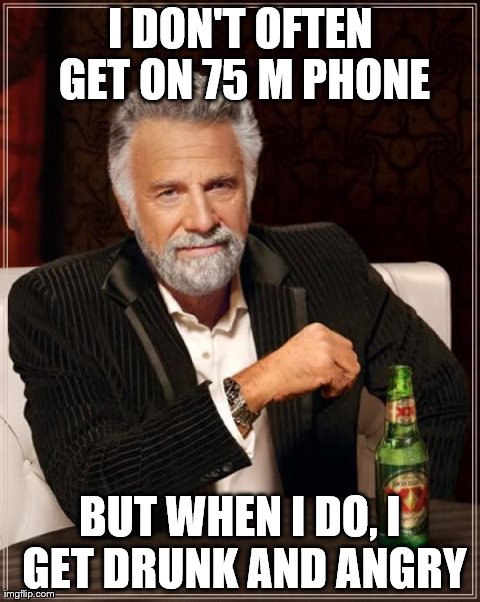I am pleased to report my S-107 is restored
to full function. Based on the build up of filth on it before cleaning, it is
also cleaner than it has been for many years. The greasy dirt (I shudder to
think what it was made of) in between the flutes of the control knobs has
succumbed to a toothbrush and detergent. Who'd have thought what a difference
clean controls would make in the overall appeal of a radio?
The S-107 was purchased without
negotiation from a local and fellow member of the Long Island Mobile Radio Club
for ten bucks. I cheerfully handed over a ten spot and drove home with this
rig.
On the bench, the tubes lit, and I
could hear a couple of AM stations, but it made an awful racket with 60/120
cycle hum. New electrolytic caps cured that. The chassis felt "hot" to the
touch. Resistance checks on the HV-to-AC sides of the transformer confirmed
that, thankfully, there were no shorts. On advice of some pros on this list and
elsewhere, I removed a cap and resistor from the AC line to the chassis that
Hallicrafters thought was a good idea. With a new three wire grounded plug, the
chassis was now cold.
Alignment was done with an
old Conar signal generator (my $1 victory from an old hamfest) and trusty Tek
465 with frequency counter connected to its rear connector. The double IF
transformers peaked up, and so did the front end compression caps on all bands.
And now, the radio really receives CW and SSB! With a simple dipole (my beam
seems to have gotten sick from Irene and Sandy) I get good signals on 80, 40,
and 20. Maybe next weekend I will have time to try the upper bands during
daylight hours. But, the signal generator suggests they should be
fine.
The ten buck receiver
needed ten bucks worth of electrolytics. And I needed to buy a little 20 buck
kit of Bristol Splined wrenches. (Nobody I thought to ask had a set to lend.)
They were needed because: Another Hallicrafters bit of wonderment is that the
setscrews in the control knobs need to be turned with these unusual wrenches
that look like, but aren't, hex keys. Well, I suppose I can say I have the
wrenches if I decide to restore another Hallicrafters. I hear Collins has them
too.
I think I mentioned that I
had to restring both the band spread and main tuning with real dial cord.
Another three bucks, perhaps. So, my ten buck receiver is still a bargain at
around 40 bucks in all. And, I had a lot more than 40 bucks worth of fun. I
spent part of the afternoon just listening to the receiver, it sounded so good.
You know how it is when you first listen to a new receiver.
Now, next thing will be to
see how it does making contacts with a Knight T-50. I know the T-50 is not
quite QRP. I probably puts out about 25 or 30 watts.
This will be about as close to my
novice station as I am willing to fall. The original station had the T-50, but
no VFO (which came with the T-50 I have now); but the receiver was an S-38E,
which was, (collectors notwithstanding) a piece of crap. And it's dangerous
since it is really one of those transformerless AM radios in shortwave clothing.
No wonder I only made a handful of contacts with it as a novice. I have no
nostalgia for my old Hallicrafters S-38E. I hear folks recommend operating it
with an isolation transformer. I have a better idea. Don't plug it
in.
I had so much fun with the S-107,
though, I am starting to think about restoring an S-108 or an
SX-110.






























 Fessenden
Fessenden WA1ZMS constructed his MOPA transmitter from 1920s-vintage components. [Brian Justin, WA1ZMS, photo]
WA1ZMS constructed his MOPA transmitter from 1920s-vintage components. [Brian Justin, WA1ZMS, photo]






























